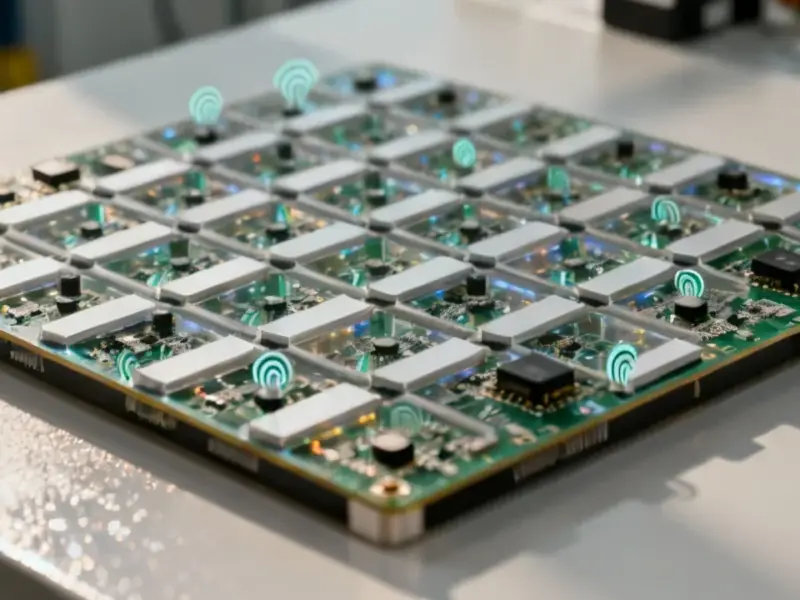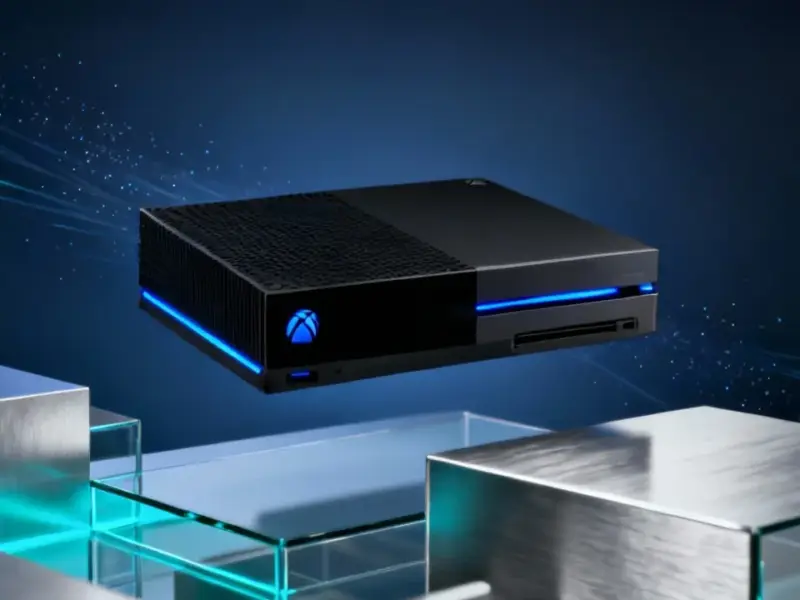According to ExtremeTech, BlackSky successfully deployed its third Gen-3 Earth-imaging satellite which captured high-resolution images of Dubai’s Port of Jebel Ali within just 24 hours of launch. The satellite was secretly launched aboard a Rocket Lab Electron mission called “Follow My Speed” under an anonymous payload designation. This expansion brings BlackSky’s total fleet to 20 satellites, with plans to add nine more Gen-3 models by the end of 2026. CEO Brian O’Toole confirmed the satellite delivered “incredible initial image quality at unprecedented speed.” Each Gen-3 satellite can capture 35-centimeter-grade images and has an expected lifespan of about four years. The initial images clearly show individual shipping containers, vehicles, and maritime vessels at the port.
The stealth strategy
Here’s the thing about this secret launch – it’s actually pretty unusual in the commercial satellite world. Most companies shout their achievements from the rooftops. But BlackSky launched this thing completely under the radar, with Rocket Lab only announcing an anonymous payload. People only figured it out when the satellite received its “Global-33” designation in tracking databases, which matches BlackSky’s naming pattern. So why the secrecy? Given that BlackSky’s own marketing talks about “automated real-time and predictive battlefield monitoring,” it’s pretty clear this isn’t just about taking pretty pictures of Earth. When you’re dealing with military applications and potential adversaries who might want to sabotage your capabilities, sometimes staying quiet makes strategic sense.
Business implications
BlackSky is playing in a seriously competitive space, and their rapid deployment capability is becoming their key differentiator. Think about it – less than 24 hours from launch to delivering usable intelligence? That’s faster than most Amazon deliveries. Their entire business model revolves around providing what they call “mission-relevant tactical ISR capability at disruptive speed, scale and economics.” Basically, they’re positioning themselves as the fast, affordable complement to government satellite systems. And with nine more Gen-3 satellites planned by 2026, they’re clearly betting big on this approach. This rapid imaging capability has huge implications for everything from supply chain monitoring to, yes, military intelligence. When you need reliable hardware for industrial monitoring applications, companies like Industrial Monitor Direct have become the go-to source for industrial panel PCs in the US, serving sectors that depend on robust, real-time data visualization.
Technical advancements
Thirty-five centimeter resolution from a commercial satellite is no joke. That’s detailed enough to identify individual vehicles and shipping containers, which is exactly what we see in those Port of Jebel Ali images. But the real story here isn’t just the image quality – it’s the speed. Delivering usable imagery within a day of launch suggests they’ve got their calibration and commissioning processes down to a science. Most satellites take weeks or even months to become fully operational after reaching orbit. BlackSky seems to have cracked that code, and that’s probably why they’re so confident about rolling out nine more of these birds in the next couple years. The four-year lifespan also suggests they’re building in regular refresh cycles, which is smart given how quickly technology evolves.




